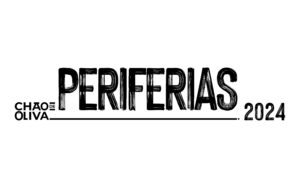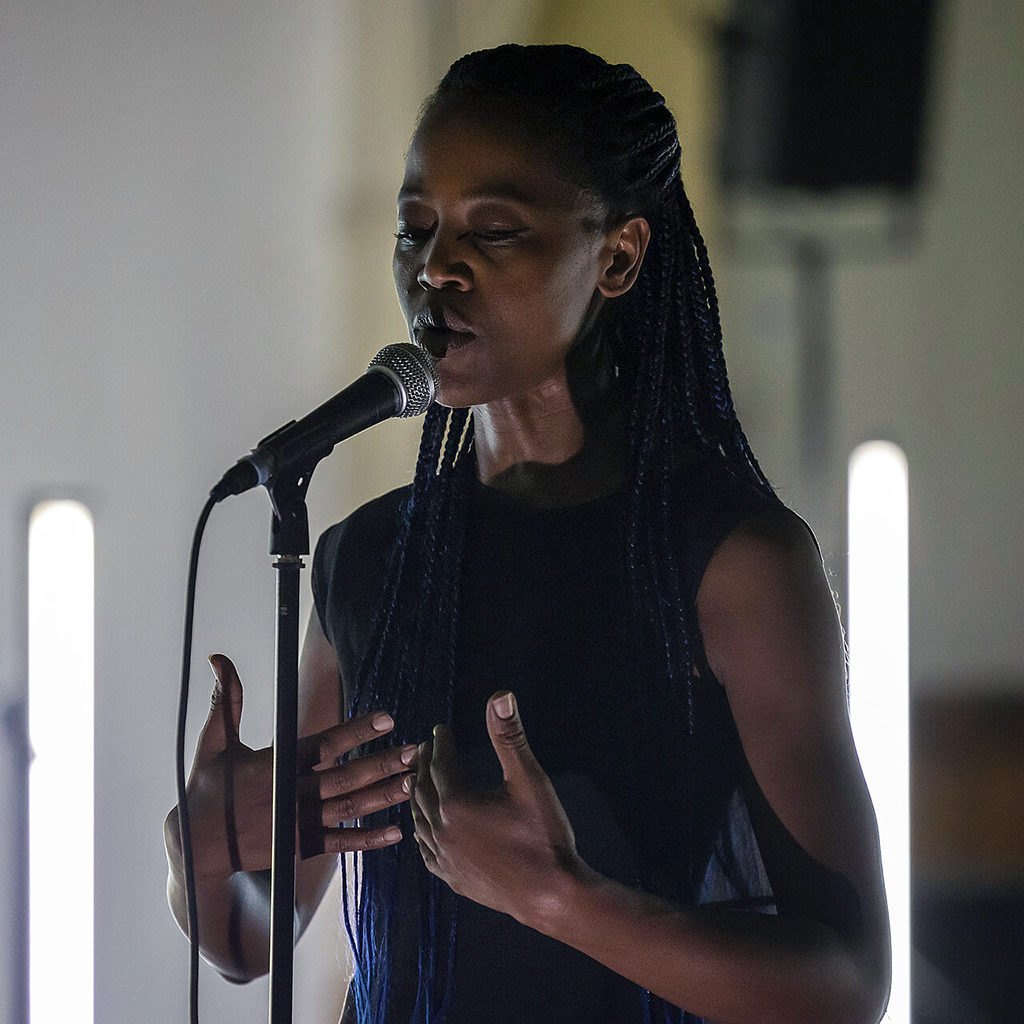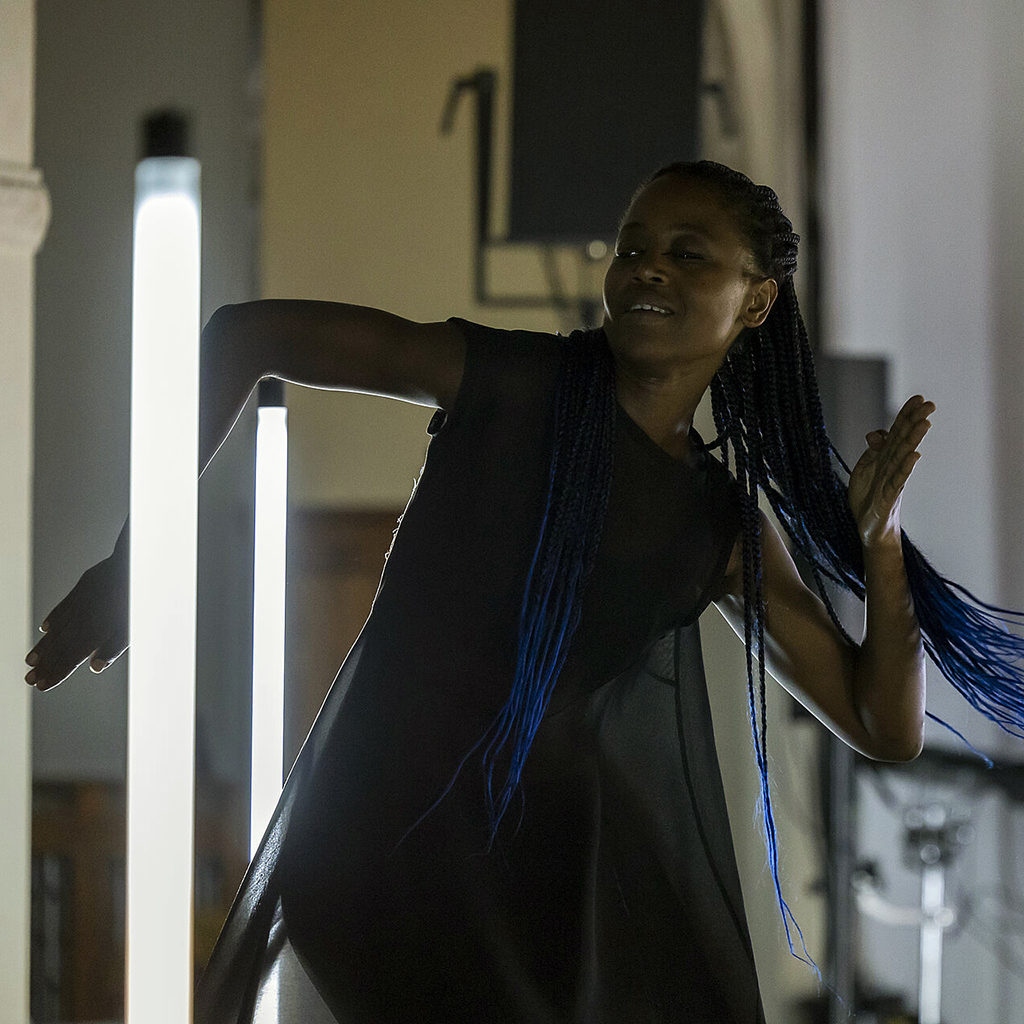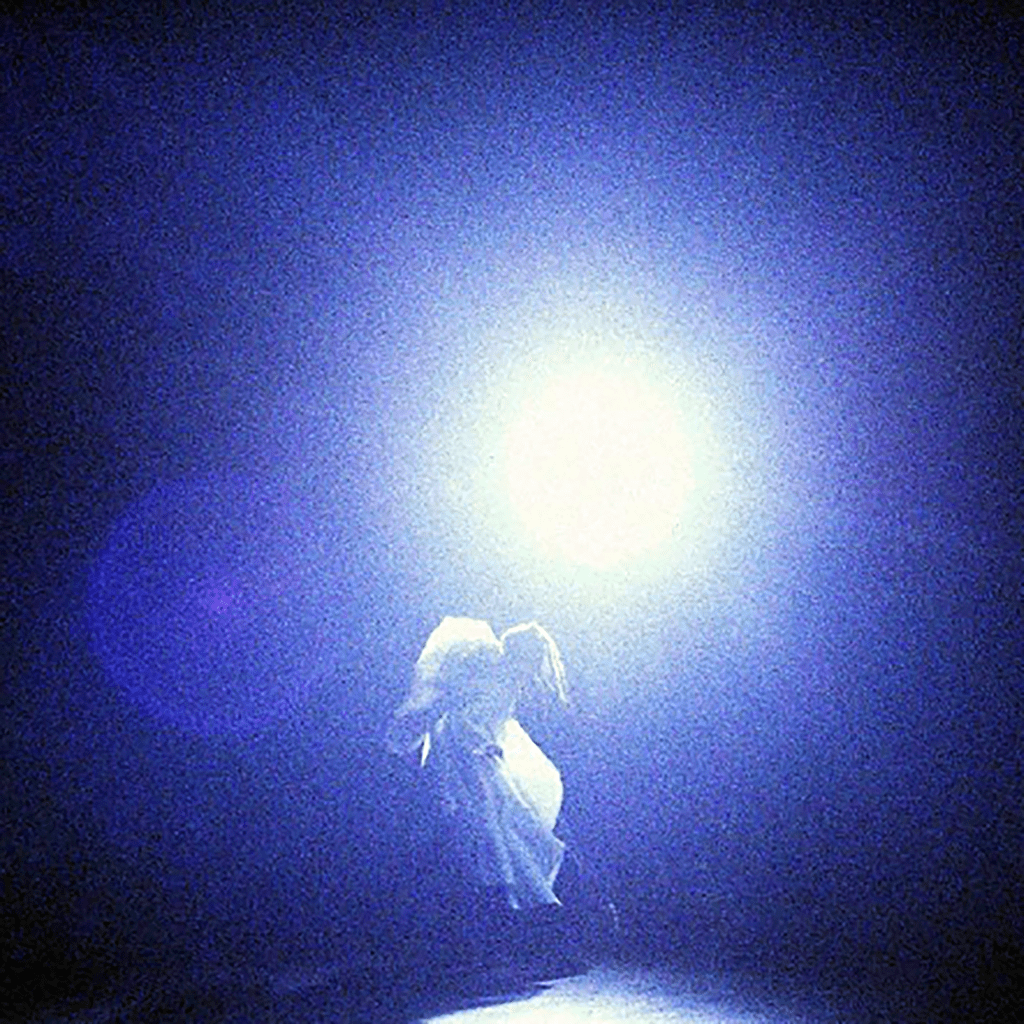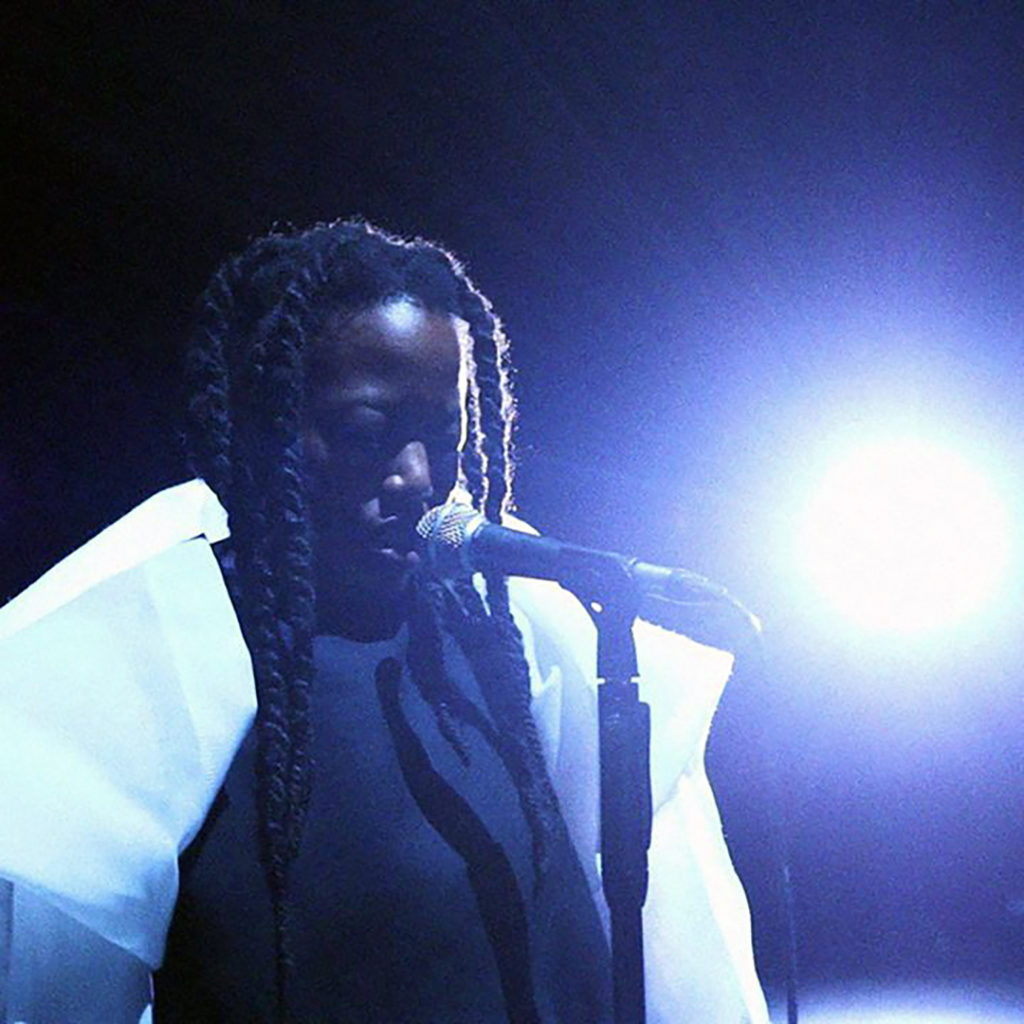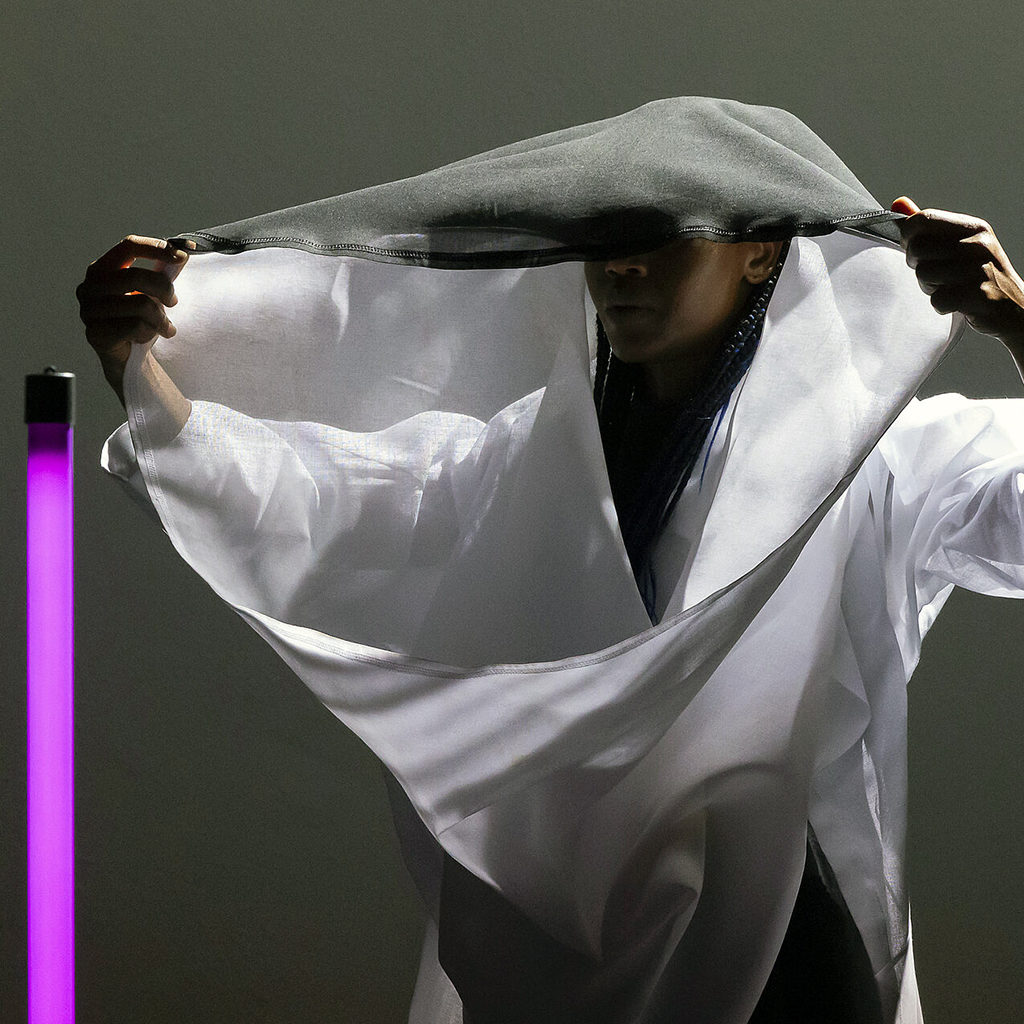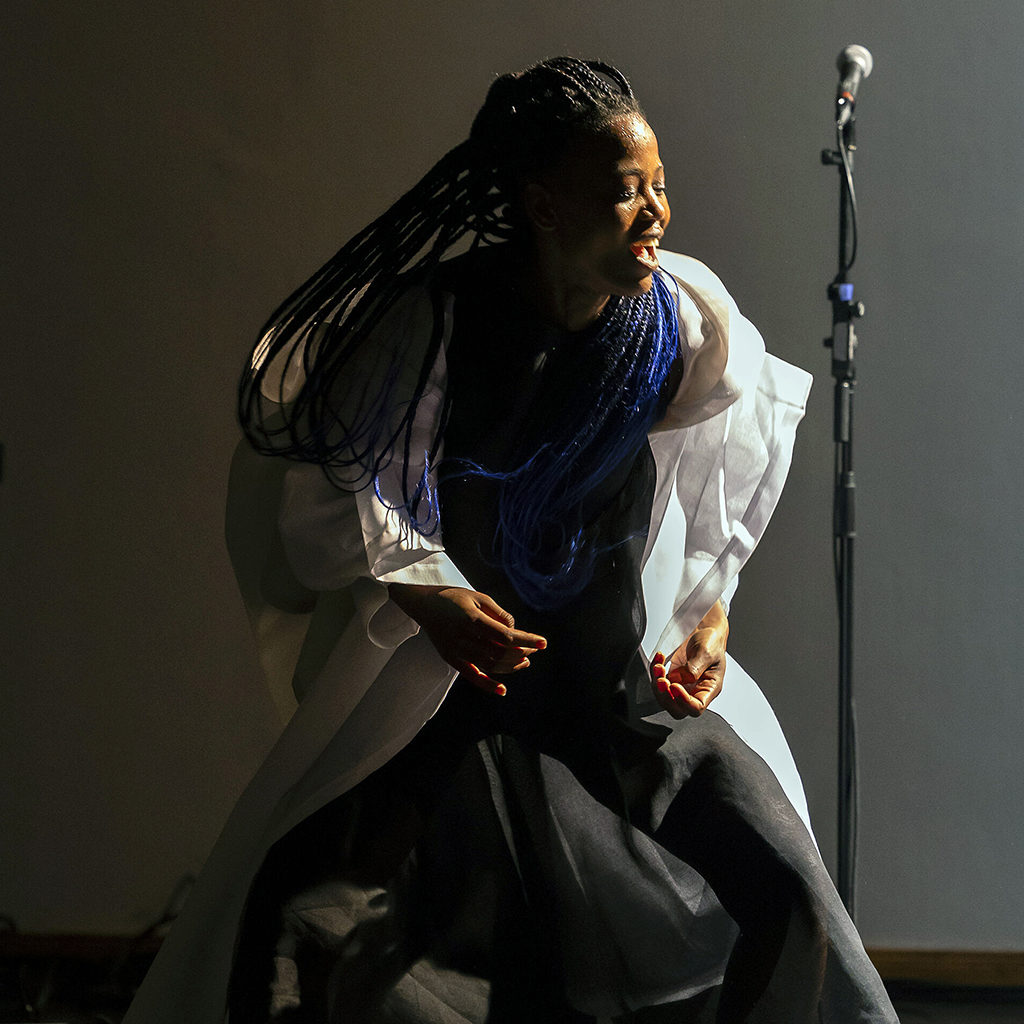
13º PERIFERIAS – Festival Internacional de Artes Performativas
13rd PERIFERIAS – International Performative Arts Festival
toi, moi, tituba…
DIA 1 DE MARÇO | 19:30H | AUDITÓRIO DA REITORIA DA UNIVERSIDADE NOVA DE LISBOA, CAMPUS DE CAMPOLIDE
1st OF MARCH | 19:30H | NOVA LISBON’S UNIVERSITY RECTORY’S AUDITORIUM, CAMPOLIDE ACADEMIC CAMPUS
Espetáculo de / Performance by Dorothée Munyaneza
Pela / From Compagnie Kadidi, França
Dança Performativa | M/6 | 60 Min.
Bilhetes à venda em / Tickets for sale at ticketline.pt
5€/pax | público em geral / general public
2,5€/pax | <25 ou/or >65
SINOPSE
‘Toi, Moi, Tituba…’ Uma performance, em que a artista dialoga com a música, enquanto cria um espaço para que a memória ressoe. Ela dança e canta em nome de todos aqueles cuja existência foi negada pelo sistema colonial. Os homens e mulheres cujas identidades foram esquecidas e esmagadas pelo comércio de escravos. Através das palavras. Através do corpo. Através do espaço que ocupa, e através da canção. Dorothée Munyaneza reencarna estas vidas através das memórias e sonhos de Tituba, escrava negra acusada de bruxaria nos julgamentos de Salem do século XVII.
A performance inclui momentos de falas em inglês, francês e kinyarwanda (sem tradução), mas será distribuída ao público uma folha de sala com o texto principal em português.
____ . ____
SINOPSIS
‘Toi, Moi, Tituba…’ A performance in which the artist dialogues with the music, while creating a space for memory to echo. She dances and sings in the name of all of those whose existance was denied by the colonial system. The men and women which identities where forgotten and crushed by slavery. Through words. Through body. Through the space she takes, and through songs she sings. Dorothée Munyaneza reincarnates these lives from the memories and dreams of Tituba, a negro slave accused of witchcraft in the Salem trials of the XVII century.
The performance includes speech moments in english, french and kinyarwanda (without translation), and a flyer with the main text in portuguese will be given to the public.
Mais sobre o espetáculo
‘Toi, moi, Tituba…’ é um solo de histórias coletivas, concebido como uma viagem por um espaço e tempo híbridos que é ao mesmo tempo africano, americano, europeu e caribenho, bem como um espaço de vestígios, sonhos, traumas e violência onde tudo o que foi escondido retoma à superfície.
Como bruxa negra julgada nos julgamentos de Salem no século XVII, Tituba é o ponto de partida para performance de Dorothée Munyaneza, que aborda a questão da memória e do património.
Tituba é um símbolo de resistência à opressão, trazido à vida por Maryse Condé em seu livro “Moi, Tituba, sorcière…” em 1986, onde se incluem algumas das falas encontradas nos registos dos julgamentos. Para prestar homenagem a ela e a todas as vozes e corpos apagados, silenciados e lesados pela opressão colonial , Dorothée Munyaneza criou um arquivo corporal capaz de recolher e relembrar as experiências nascidas da dispersão.
Assim, a partir do texto da pesquisadora de filosofia feminista Elsa Dorlin sobre Tituba, a sua bisavó Isabelle e tantas outras com vidas esquecidas, a performance transita entre luz e sombra, esbatendo a fronteira entre o presente e o ausente, em figurino e cenário desenhados pela artista visual Sophie Coudert. Através da dança e da voz, a peça reconecta-se com uma memória resistente, na qual Dorothée Munyaneza exibe um corpo ereto, exposto, que se mantém firme contra tentativas de apagamento. Ela é acompanhada pelas vozes distantes dos arquivos orais, um frágil fio de transmissão cujo poder é restaurado pelo compositor e tocador de oud Khyam Allami.
____ . ____
More on the performance
‘Toi, moi, Tituba…’ is a solo of colective stories, conceived as a journey throughout a hybrid space and time which is at the same time african, american, european and caribbean, as well as a space of traces, dreams, traumas and violence, where all that was hidden resurfaces.
As a negro witch judged in the Salem trials of the XVII century, Tituba is the starting point for Dorothée Munyaneza’s performance, thus relating to the memory and patrimony subjects.
Tituba is a symbol of resistence to oppression, brought to life by Maryse Condé on her book “Moi, Tituba, sorcière…” in 1986, where lines found on the court registries of the trials are included. To pay homage to her and all of the voices and bodies erased, silenced and harmed by the colonical oppression, Dorothée Munyaneza has created a coreographic arquive able to collect and remember the experiences born from dispersion.
Therefore, having its starting point in the text by the feminist researcher and filosofer Elsa Dorlin on Tituba, her great grandmother Isabelle and so many others with forgotten lives, the performance goes from light to shadow, fading the frontier between the present and the absent, both in the figurine and cenary drawn by the visual artist Sophie Coudert. Through dance and voice, the play reconects itself with a resistant memory, in which Dorothée Munyaneza showcases an erect, exposed body standing strong against attempts of deletion. She is accompanied by the distant voices of the oral arquives, a fragile connecting point which power is restored by the composer and oud player Khyam Allami.
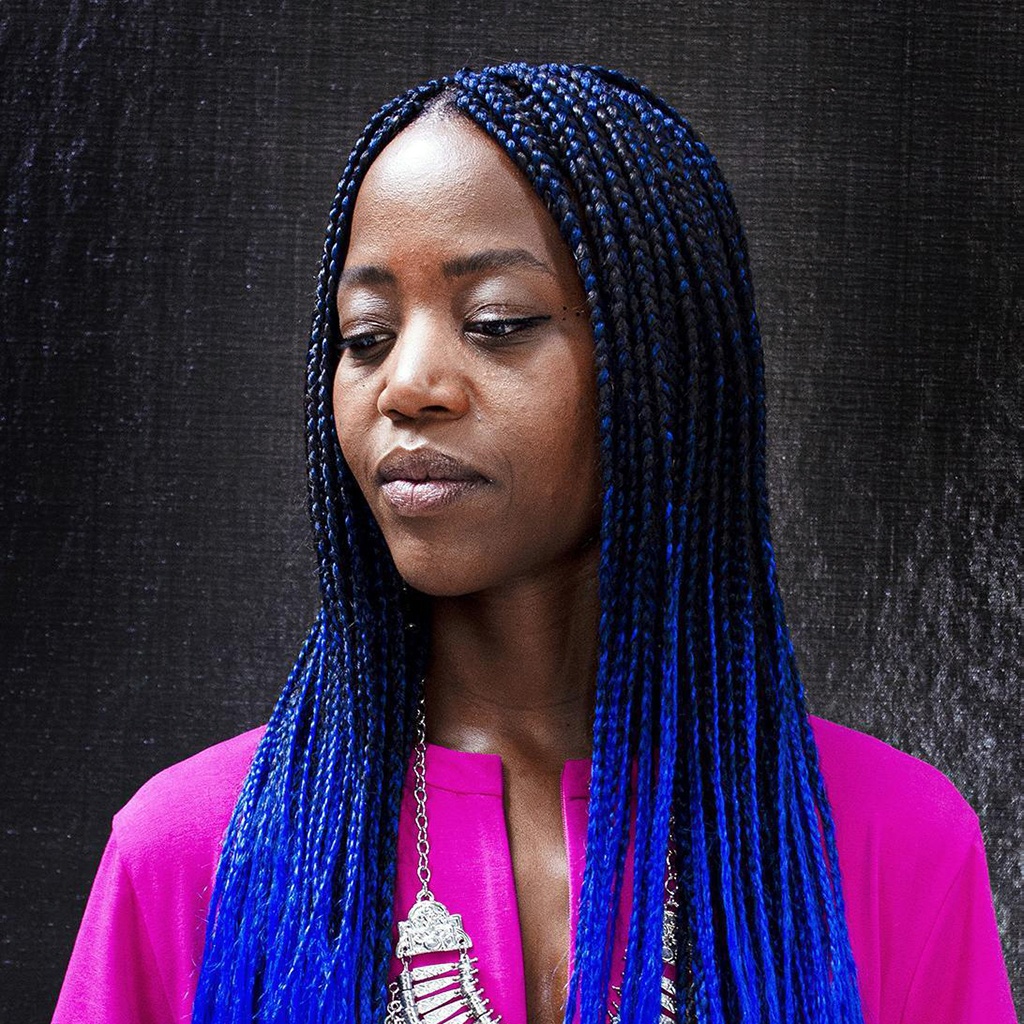
Dorothée Munyaneza
É uma artista multidisciplinar que utiliza a música, o canto, o texto e o movimento para abordar a rutura como uma força dinâmica. Munyaneza baseia-se em histórias reais, apreendendo o corpo, a memória e os tempos atuais para criar um espaço de ressonância. O seu estilo de criação e de atuação em palco é diretamente inspirado pela sua intensa história de vida, pela diversidade da sua herança cultural - a sua família no Ruanda, a experiência dos 14 anos passados em Londres, a sua mudança para Paris, seguida da sua fixação em Marselha -, mas sobretudo no seu fascínio pelo encontro. Dorothée Munyaneza canta desde a infância, fez formação na Jonas Foundation em Londres e estudou música e ciências sociais em Canterbury, onde estabelece as bases fundamentais do seu trabalho, a música e o som.
____ . ____
Is a multidisciplinary artist who uses music, songs, text and movement to approach the rupture as a dynamic force. Munyaneza basis herself and her artistic objects on real stories, taking into account body, memory and the present moment to create a space of resonance. Her style of creation and stage performance is directly inspired by her intense life story, as well as her diverse cultural inheritance - her family back in Rwanda, the experience of 14 years spent in London, her move to Paris followed by her fixation in Marseille -, but mostly on her fascination with encounter. Dorothée Munyaneza sings since she was a child, graduated from Jonas Foundation in London and has studied music and social sciences in Caterbury, where she establishes the fundamental basis of her work, music and sound.
Foto de / Photo by Pat Cividanes / Antro Positivo
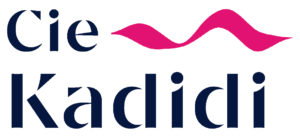
Sobre a Compagnie Kadidi
Criada em 2013 pela coreógrafa Dorothée Munyaneza e apoiada pelo DRAC Provence-Alpes-Côte d’Azur desde 2019, produziu três criações de Munyaneza: Samedi Détente (2015), Unwanted (2017), Mailles (2020), sendo a Toi, Moi, Tituba… (2023) a quarta. Também produziu outras performances adicionais.
Kadidi conta com mais de cem parcerias internacionais em prestigiadas salas de espetáculos e festivais na Europa, mas também nos Estados Unidos. Conta ainda com fortes ligações a nível regional. Em Marselha, podemos citar o Festival de Marselha, o Ballet National de Marseille, La Friche de la Belle-de-Mai e o Festival Actoral.
Desde 2018-19, Dorothée está empenhada num diálogo a longo prazo com as mulheres da Cité Castellane em Marselha, que continuará em 2023-24, em parceria com a Fundação Camargo. Nos próximos anos, a companhia apoiará artistas emergentes mais jovens, na região PACA, mas também no Ruanda, através de workshops e de um processo de criação em 2023-2024.
____ . ____
About Compagnie Kadidi
Created in 2013 by the coreographer Dorothée Munyaneza and supported by DRAC Provence-Alpes-Côte d’Azur since 2019, it has produced three of Munyaneza’s creations: Munyaneza: Samedi Détente (2015), Unwanted (2017), Mailles (2020), making the new Toi, Moi, Tituba… (2023) the fourth one. It has also produced several other performances.
Kadidi counts with over one hundred international partnerships in prestigious theaters and festivals within Europe, but also in the USA. It also counts with strong regional connections. In Marseille we might quote the Marseille Festival, the Ballet National de Marseille, La Friche de la Belle-de-Mai and the Festival Actoral.
Since 2018-19, Dorothée is commited to a long term dialogue with the women of Cité Castellane in Marseille, which will go on in 2023-24, in partnership with La Fondation Camargo. Over the next couple of years, the company will support younger emergent artists, on PACA region, but also in Rwanda, through workshops and a creation process taking place in 2023-2024.
Khyam Allami
É um músico, compositor e pesquisador multi-instrumentista iraquiano-britânico, também fundador da Nawa Recordings Khyam Allami centra a sua investigação no desenvolvimento da prática contemporânea e experimental baseada sobre os fundamentos da música árabe, com foco na afinação e na microtonalidade. Nascido em Damasco, na Síria, em 1981, filho de pais iraquianos, e criado em Londres desde os 9 anos, Allami começou sua trajetória musical estudando violino para um papel menor no filme de arte sírio Al-Tahaleb (Rimon Butrós, 1990). Ele passou para guitarra, baixo e bateria durante a adolescência e depois começou a tocar Oud – seu instrumento principal na atualidade – aos vinte e poucos anos.
____ . ____
Is a iraqui-british multi-instument musician, composer and researcher, as well as the founder of the Nawa Recordings Khyam Allami centers his investigation on the development of the contenporaneous and experimental practice on the fundations of arab music, focusing on tunning and microtonality. Born in Damask, Syria, in 1981, son of iraquian parents, and raised in London since 9 years old, Allami begun his musical trajectory studying violin for a minor role in the syrian artistic motion picture Al-Tahaleb (Rimon Butrós, 1990). He then crossed over to guitar, bass and drums during his adolescence, and then begun to play Oud – his main instrument of nowadays – around his twenties.
Stéphanie Coudert
Estilista e designer de moda multipremiada no campo da alta costura, Stéphanie Coudert também é figurinista de teatro. Ela considera a elegância como a liberdade assumida de ser ela mesma e ao mesmo tempo inspirar respeito: uma discrição solar. Ela molda a peça de acordo com o corpo em movimento que a anima. Esta é a quinta colaboração com Dorothée Munyaneza depois de Fireball Lily (2017), Unwanted (2017), Par la mer (2019) e Mailles (2020).
____ . ____
Multi-award winning stylist and fashion designer in high fashion, Stéphanie Coudert is also a theater figurinist. She considers elegance as the assumption of freedom to be oneself and at the same time command respect: a solar discretion. She shapes the piece accordingly to the body in motion which brings life to it. This is the fifth colaboration with Dorothée Munyaneza after Fireball Lily (2017), Unwanted (2017), Par la mer (2019) and Mailles (2020).
Elsa Dorlin
É professora de filosofia na Universidade de Toulouse Jean-Jaurès, vencedora da medalha de bronze do CNRS por seu trabalho em filosofia feminista e autora de vários livros, incluindo La Matrice de la course. Généalogie sexuelle et coloniale de la nation française (Paris, La découverte, 2006), Sexe, genero et sexualités., Introdução à filosofia féminista (Paris, PUF, 2008/2021), Se défendre. e ainda Une Philosophie de la Violence (Paris, Zonas, 2017/2019) traduzido para vários idiomas e premiado com o prêmio Frantz Fanon pela Associação de Filosofia do Caribe (CPA). Toi, Moi, Tituba… é baseado num artigo de Elsa Dorlin para o Yale French Studies, publicado em 2022.
____ . ____
Is a philosophy professor at Toulouse Jean-Jaurès University, winner of the CNRS bronze medal for her work in feminist philosophy and author to several books, including La Matrice de la course. Généalogie sexuelle et coloniale de la nation française (Paris, La découverte, 2006), Sexe, genero et sexualités., Introdução à filosofia féminista (Paris, PUF, 2008/2021), Se défendre. and also Une Philosophie de la Violence (Paris, Zonas, 2017/2019) translated to several languages and awarded with the Frantz Fanon award by the Caribe Philosophic Association (CPA). Moi, Toi, Tituba… is based in an article Elsa Dorlin wrote for the Yale French Studies, published in 2022.
Marine Le Vey
Conheceu as artes cênicas durante seus estudos na Escola de Arquitetura de Nantes. Depois de se formar arquiteta estadual em 2010, formou-se em iluminação entre 2011 e 2013 no CFPTS e o Théâtre Nanterre-Amandiers. Desde 2012, trabalha como designer de iluminação em diversas performances tanto teatrais como circenses.
____ . ____
She got to know the scenic arts during her studies at Nantes’ Architecture School. After graduating as a state architect in 2010, she studied lighting and light design between 2011 and 2013 at CFPTS and Théâtre Nanterre Amandiers. She works as a light designer since 2012, in both theater as circus performances.
FICHA ARTÍSTICA & TÉCNICA / ARTISTIC & TECHNICAL CAST
Direção Artística e Interpretação / Artistic Direction and Interpretation Dorothée Munyaneza | Música / Music Khyam Allami, Dorothée Munyaneza | Cenografia e Figurinos / Cenography and Figurines Stéphanie Coudert | A partir do texto de / From the text by Elsa Dorlin | Desenho de Luz / Light Design Marine Le Vey | Sonoplastia / Sound Design Camille Frachet | Produção / Production Cie Kadidi / Virginie Dupray | Coprodução / Co-production Tanz im August – HAU Hebbel am Ufer Berlin / Chaillot Théâtre National de la Danse / Maison de la Danse Lyon – Pôle Européen de création / DeSingel Anvers / Pavillon ADC Genève / TransFabrik Fund – a Franco-German fund for the performing arts | Estúdio de Residência / Residence at CCN – Ballet National de Marseille, Friche Belle de mai Marseille, Montévidéo Marseille | Dorothée Munyaneza é artista associada do / Dorothée Munyaneza is an associated artist of Chaillot Théâtre National de la Danse / La Fondation Carmargo / La Maison de la Danse, Lyon
____ . ____
PARCERIAS INSTITUCIONAIS DE APOIO À PRODUÇÃO EM PORTUGAL / INSTITUTIONAL PARTNERSHIPS OF SUPPORT TO THE PORTUGUESE PRODUCTION
Patrocínio e Apoio à Divulgação / Sponsorship and Promotion Support Institut Francais du Portugal / Mais França | Cedência de Espaço, Patrocínio e Apoio à Divulgação / Location, Sposonship and Promotion Support NOVA Cultura / Reitoria da Universidade Nova de Lisboa | Patrocínio, Coprodução da Conversa Paralela e Apoio à Divulgação / Sponsorship, Co-production of the Paralel Talk and Promotion Support NEAL – Núcleo de Estudos Africanos e Lusófonos / FCSH NOVA – Faculdade de Ciências Sociais e Humanas da Universidade Nova de Lisboa / Patrocínio de Apoio à Divulgação / Sponsorship of Promotion Support RTP Antena2 / Jornal de Sintra / Correio de Sintra

